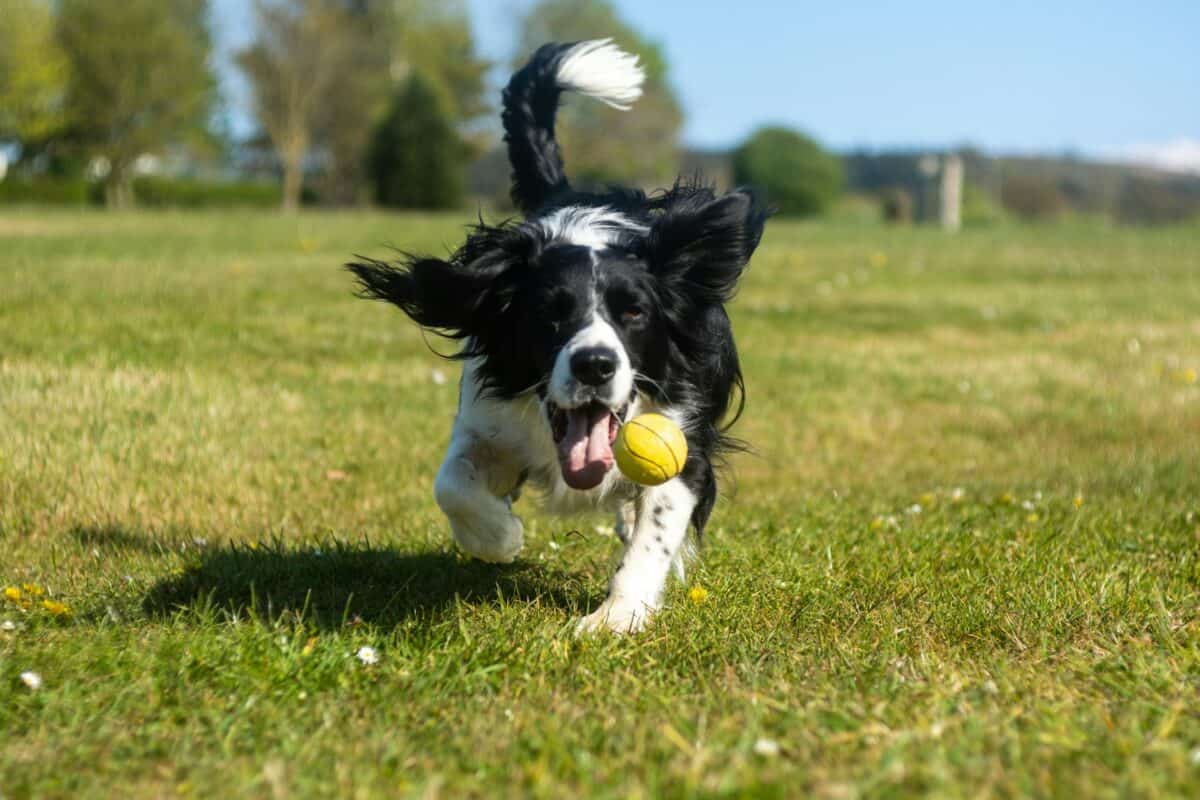Have you ever watched a dog obey every command with joy and wondered, “How do trainers make it look so easy?” The truth is, behind every well-behaved dog is a world of secret strategies and clever techniques that most pet owners never hear about. Training a dog isn’t just about treats or stern voices—it’s about understanding, patience, and a little bit of magic only the pros know. If you’re ready to unlock the secrets that transform stubborn pups into model companions, dive into these 12 insider tips and watch your bond with your dog become unbreakable!
Start With the Right Mindset

Before you even think about teaching your dog to sit or stay, it’s crucial to check your own attitude. Dogs are remarkably sensitive to our emotions and body language. Professional trainers approach every session with positivity, patience, and a sense of fun. If you feel frustrated or rushed, your dog will pick up on that energy, making learning much harder. Instead, treat each training session as quality time together. Celebrate small victories, and remember, progress over perfection. When you’re calm and encouraging, your dog will be too.
Timing Is Everything

One secret weapon of the pros is their impeccable timing when rewarding a dog. Dogs live in the moment, so the reward or correction must come instantly after the behavior. Waiting even a few seconds can confuse your pup about which action earned the response. For example, if your dog sits and you wait too long to give the treat, they might think they’re being rewarded for standing up or wagging their tail afterward. Fast feedback helps your dog connect the dots and learn quickly.
Keep Training Sessions Short and Sweet

Long, drawn-out training sessions often lead to bored or overwhelmed dogs. Professionals keep lessons short—usually around 5 to 15 minutes—so the dog stays engaged and eager to learn. It’s better to have several mini-sessions throughout the day than one marathon session. Ending on a high note, when your dog has just succeeded, leaves them excited for next time. Think of training like a fun game instead of a tedious chore.
Use High-Value Rewards

Every dog has a favorite treat or toy that makes their tail wag like crazy. Pros know the importance of finding that special reward and using it during training. Ordinary kibble might not cut it when you’re teaching a new or difficult behavior. Save the chicken, cheese, or favorite squeaky toy for those moments when you need extra motivation. Switching up rewards keeps things exciting and prevents your dog from getting bored.
Consistency Is Key
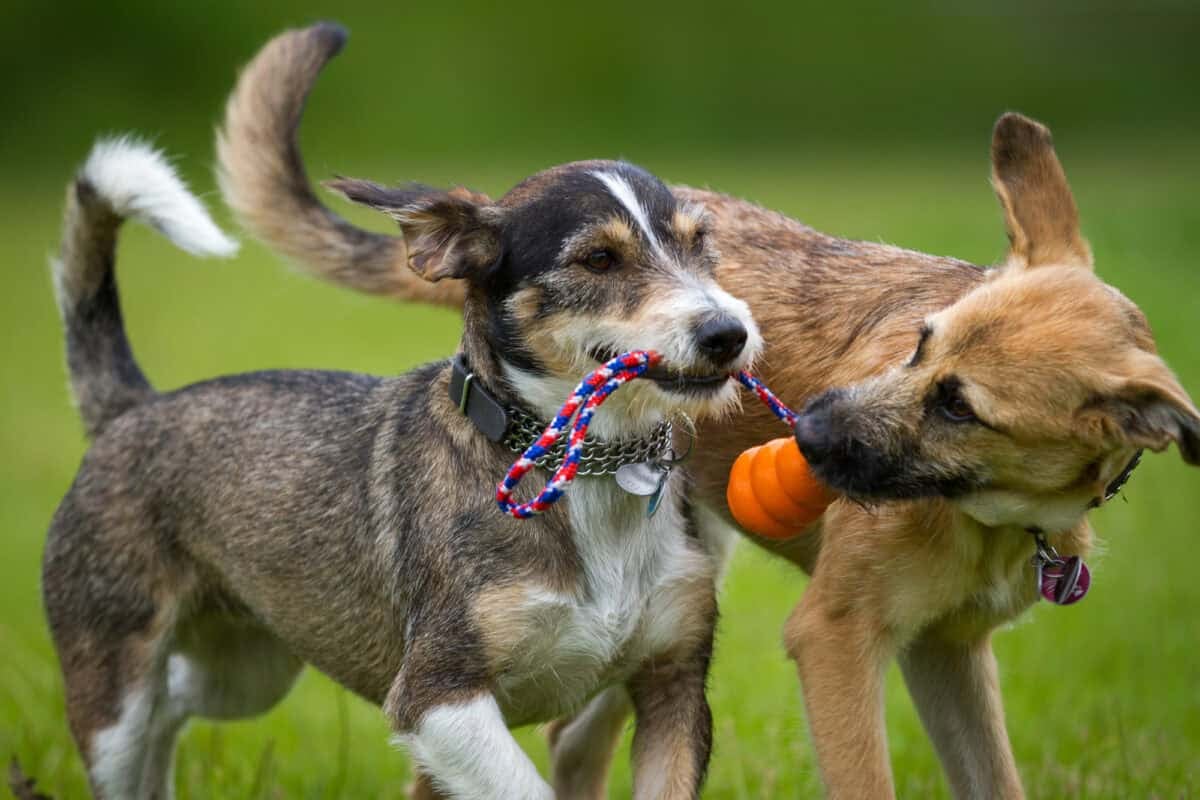
Professional trainers are sticklers for consistency. They use the same words, gestures, and routines each time they teach a command. Mixed signals—like saying “Down” sometimes and “Lay down” at other times—can confuse your dog. Make sure everyone in the household uses the same cues and rules. Consistency builds trust and helps your dog learn what’s expected every single time.
Master the Art of the Marker Word

A “marker word” is a simple tool that helps dogs understand exactly which behavior you’re rewarding. Pros often use words like “Yes!” or “Good!” the instant the dog does something right. You can also use a clicker for the same effect. This bridges the gap between the behavior and the reward, making training clearer and faster. Practice your marker word so your dog knows it means, “You nailed it!”
Set Clear Boundaries

Dogs thrive when they know the rules of the house. Professional trainers create clear boundaries and stick to them. For instance, if you don’t want your dog on the couch, never make exceptions—no matter how cute they look. Dogs are expert opportunists and will test your limits if you let them. By setting and maintaining boundaries, you help your dog feel secure and confident in their place in the family.
Socialize Early and Often

One of the secrets trainers use is introducing dogs to new people, animals, and environments from an early age. Early socialization helps prevent fear and aggression later in life. Pros make these experiences positive with gentle encouragement and treats. Each new sight, sound, or smell becomes a learning opportunity. The more your dog is exposed to, the more adaptable and friendly they’ll grow up to be.
Utilize Life Rewards

Not all rewards are edible! Trainers often use “life rewards”—things your dog loves, like going for a walk, playing fetch, or getting belly rubs. If your dog sits politely at the door, open it as a reward. If they come when called, toss their favorite ball. This teaches your dog that good behavior leads to the things they want most in life, strengthening your bond and making training a natural part of every day.
Be Proactive, Not Reactive

Professionals don’t wait for bad behavior to happen—they set dogs up for success by anticipating challenges. If you know your dog barks at the mailman, distract them with a toy or a training exercise before the mail arrives. By redirecting your dog’s attention before trouble starts, you avoid reinforcing unwanted behaviors. It’s like child-proofing your home, but for your furry friend.
Understand Canine Body Language
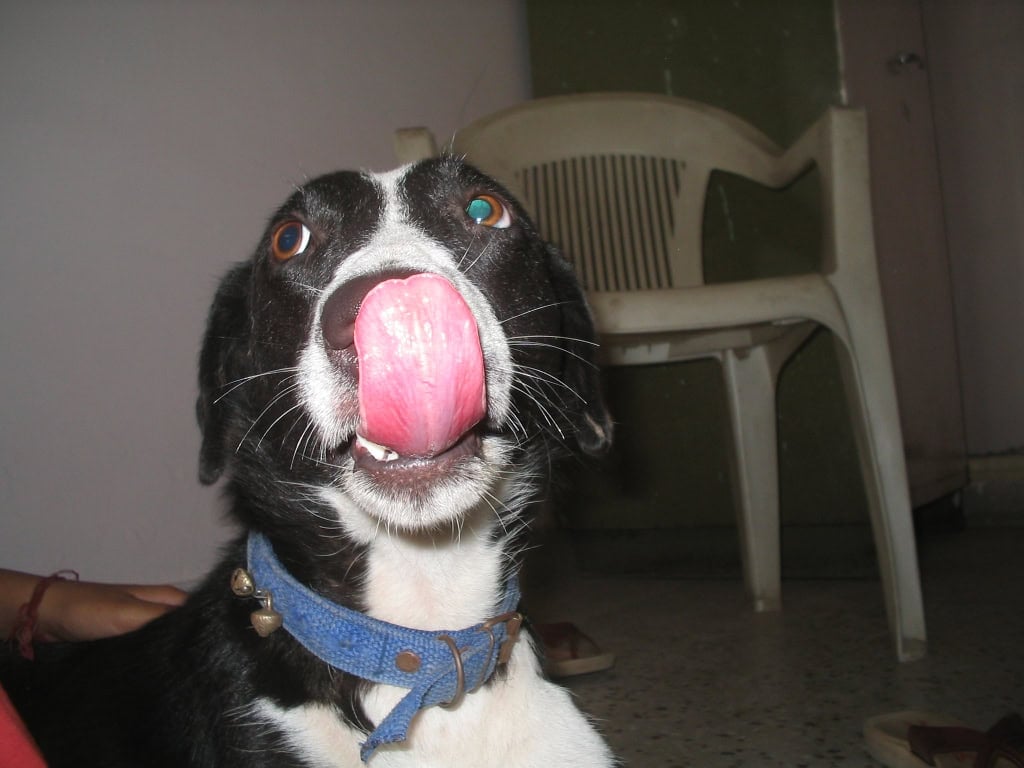
Reading your dog’s body language is a skill every professional trainer relies on. Dogs communicate with more than just barks and whines—they use their ears, tail, eyes, and posture to express themselves. If you notice signs of stress like yawning, lip licking, or turning away, it’s time to pause or lower the difficulty of the task. Training is most effective when both you and your dog feel comfortable and connected.
Practice in Different Environments
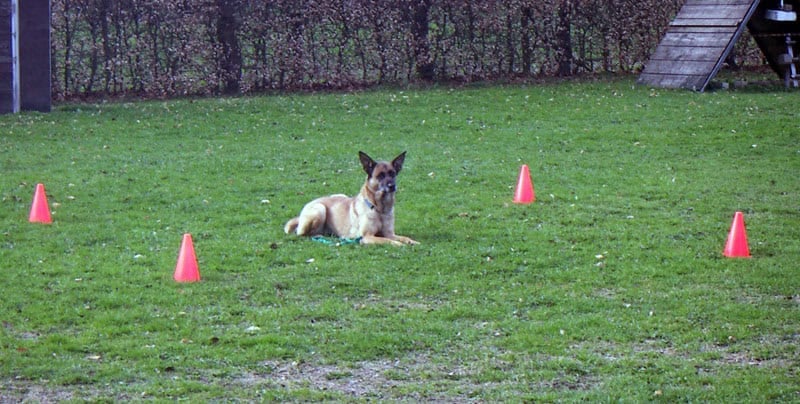
A common mistake is only training your dog at home. Professionals know you must “proof” commands in a variety of settings. Practice sit, stay, and recall in the backyard, at the park, or on a walk. The more distractions your dog can handle, the more reliable their obedience becomes. Dogs don’t generalize well—just because they know “sit” in the kitchen doesn’t mean they’ll do it at the beach unless you practice.
Break Tasks Into Baby Steps

When teaching something new, pros break the behavior down into tiny, manageable steps. Expecting a dog to go from zero to hero overnight leads to frustration for both of you. For example, if you want your dog to “stay,” start by rewarding them for staying one second, then gradually increase the time and distance. Small wins build confidence and set the stage for bigger achievements.
Don’t Rely on Punishment

The best trainers focus on rewarding good behavior and setting dogs up to succeed, rather than punishing mistakes. Harsh corrections can damage your relationship and make learning stressful. If your dog slips up, calmly redirect them and praise the right behavior. Remember, your dog isn’t trying to be naughty—they just need clear guidance.
Stay Flexible and Adaptable

Every dog is unique, and what works for one may not work for another. Professionals are always ready to tweak their approach if something isn’t working. If your dog isn’t responding to treats, try toys or praise. If they’re struggling with a command, make it easier or change the environment. Flexibility is the hallmark of a skilled trainer and leads to better results in the long run.
Celebrate Progress—No Matter How Small

Finally, professionals know that every bit of progress deserves recognition. Training is a journey filled with ups and downs. Maybe your dog finally made eye contact during a distraction, or managed to walk past another dog without barking. Celebrate these moments! Your enthusiasm will inspire your dog to keep trying, and you’ll both enjoy the process so much more.
Trust the Bond You’re Building

The deepest secret of all is this: training isn’t just about obedience, it’s about connection. Every command, every treat, every moment of patience is building an unbreakable bond between you and your dog. Professional trainers treasure this connection above all else, knowing that a trusting relationship makes even the toughest training challenges possible. When you approach training with love and understanding, your dog will meet you halfway—often in ways that surprise and delight you.
Final Thoughts: Your Journey to a Well-Trained Dog Starts Now
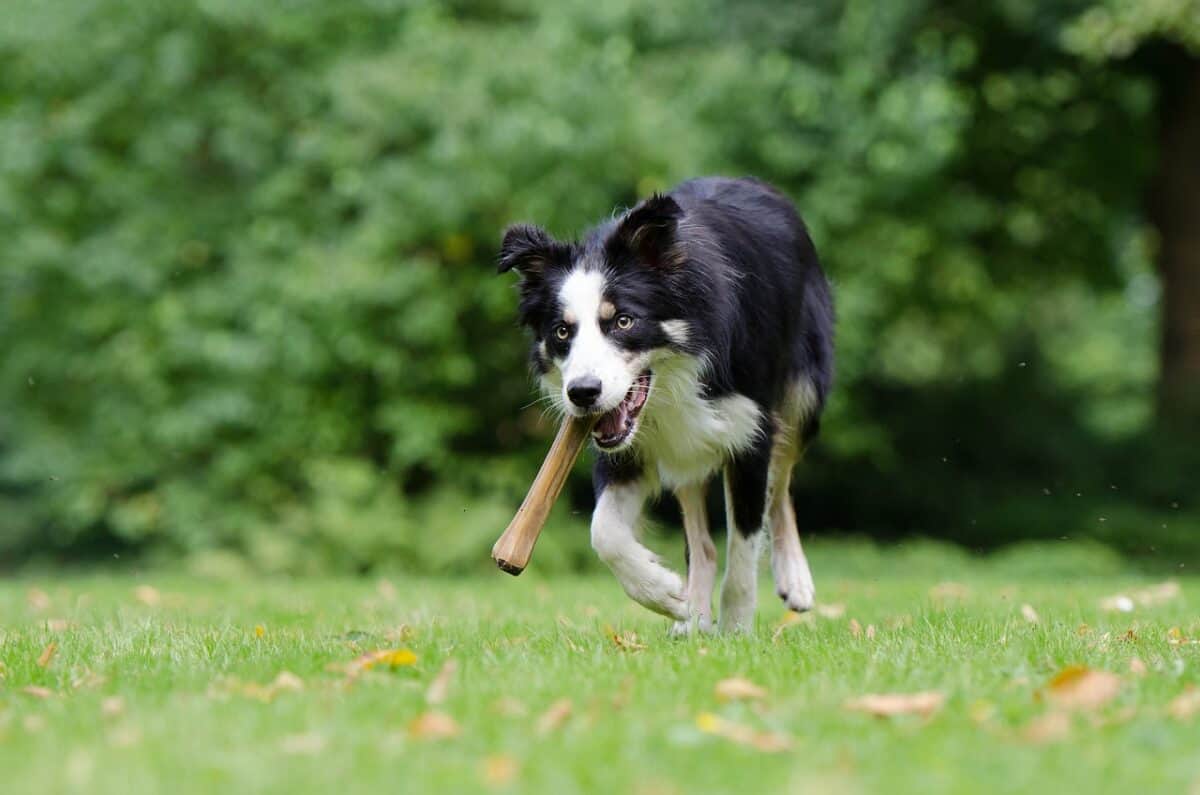
Training your dog like a professional doesn’t require years of experience—just the right mindset, a few clever techniques, and a whole lot of heart. These 12 tips are more than just tricks; they’re the building blocks of a respectful, joyful relationship with your furry friend. As you start applying them, be patient with your pup—and yourself. There will be challenges, but also breakthroughs that make every effort worth it. With consistency, understanding, and plenty of tail wags, you’ll be amazed at how far you and your dog can go together. Now go grab those treats, embrace the journey, and have some fun—because the best-trained dogs are the ones who are loved the most.
- 10 Animals That Risked Their Lives to Save Humans - August 9, 2025
- 14 Reasons Why Bears Are Afraid of Humans (Most of the Time) - August 9, 2025
- 11 Frogs That Look Too Weird to Be Real - August 9, 2025

